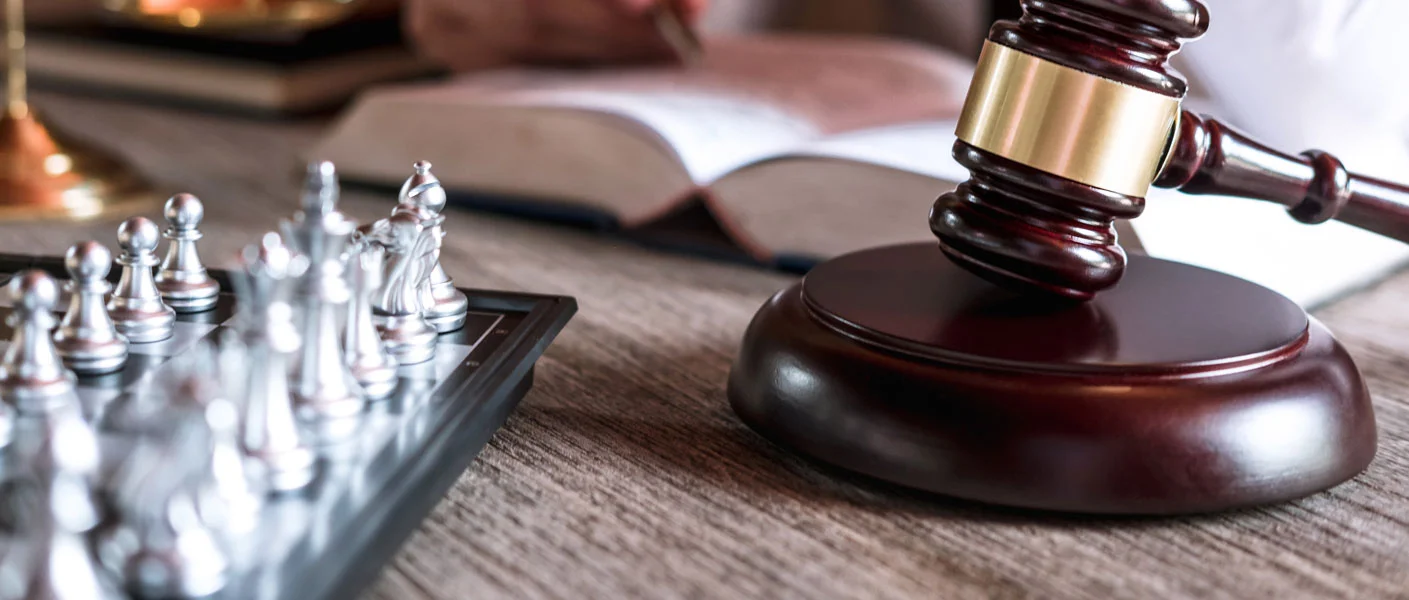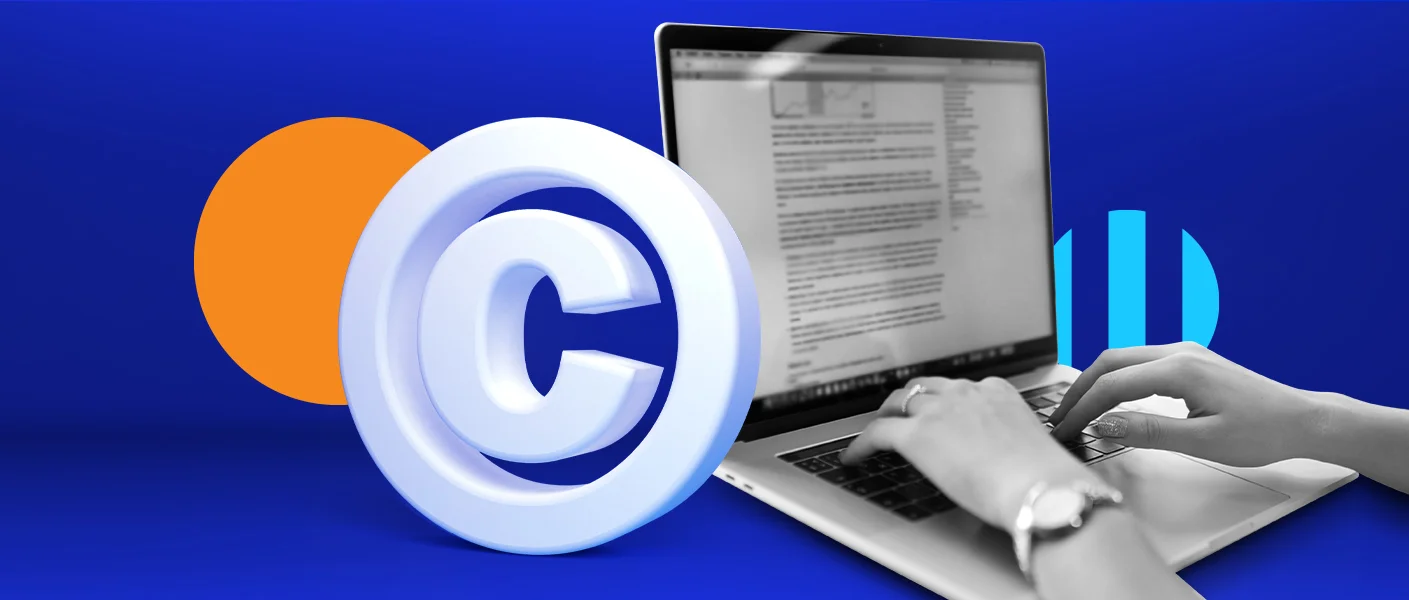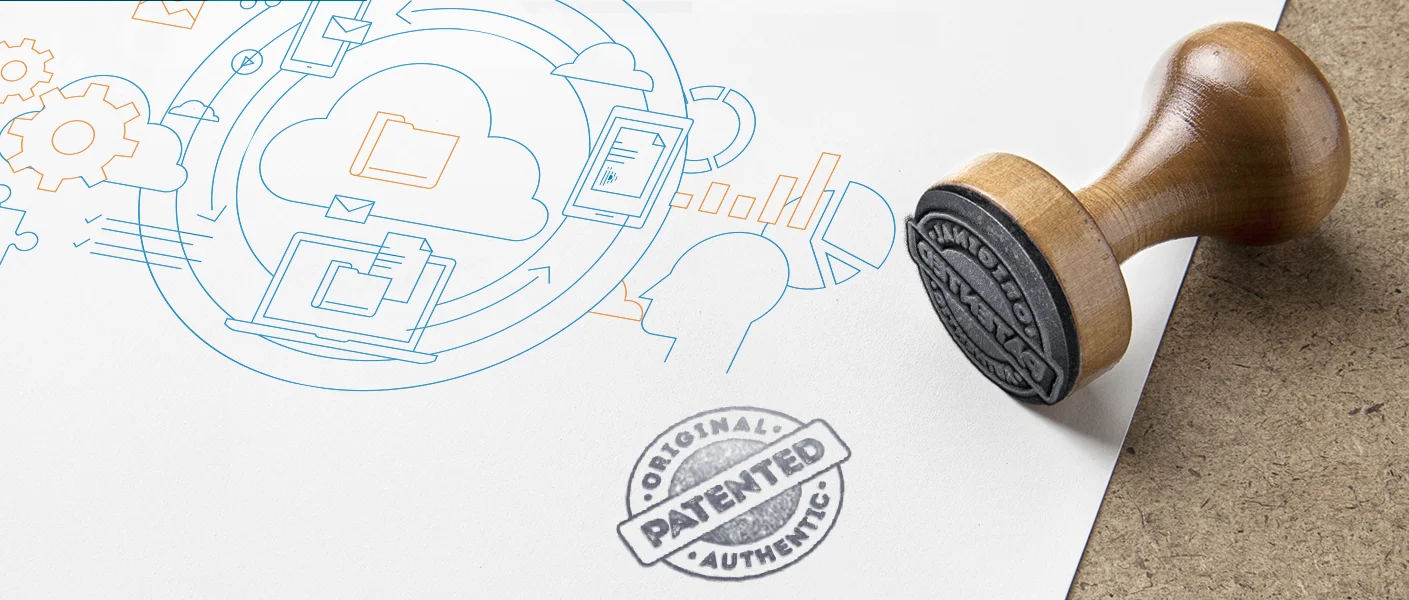Guide to Safeguard Your Innovation From Counterfeiting
April 7, 2022 By Shyam ParmarThere is no limitation to the imitation happening around us. From fake accounts, products to even companies, the menace of counterfeiting is spreading like a wildfire that needs to be put off. So, who’s spreading the fire? Who will put it off and how? What are the ways to prevent someone from stealing your ideas and innovation?
Calm down, take a deep breath because there’s law and way for everything. Allow us to break down to you what exactly counterfeiting is and how you can protect your precious brand from getting forged.
Counterfeiters - The Pirates of Brands
It is not just the brand name or the product that counterfeiters are stealing today, they are also snatching away the revenue of the company, their public image, the trust that they have built up in years with customers and business partners, and much more. In fact, in some cases, the damage done to the image of the company is so huge that it is almost irreparable which is why the act of counterfeiting is turning out to be a major scare around the world. Did you know, counterfeiting is tearing down the world economy too? Got a faint idea now how dangerous counterfeiting is?
What Exactly is the Act of Counterfeiting?
Counterfeiting is a shameful act of forging/copying someone or something in a cheap/illegal way. Anything from money, coupons, credit or debit cards, clothes, documents, jewelry, or any other product, when unlawfully duplicated without the owner’s consent in order to deceive, steal, destroy, or replace the original, is called counterfeiting which is a punishable offense.
Consequences of Counterfeiting
Counterfeiting is no petty crime like pickpocketing. It is an organized crime the consequences of which depend upon the extent of the counterfeit done. Counterfeit causes massive or long-term damage to the brand as well as the consumers, the government, and even the environment some of which are as follows:
- Loss of sales
- Defamation of the brand
- Violation of trust
- Consumer dissatisfaction
- Loss of trust between business partners
- Health and safety risk for consumers
- Adverse impact on government expenses and tax revenues
- Harm to the environment
How Counterfeiting Can Be Prevented?
Identifying knock-off products, spotting fakes is not as easy as it seems today due to the advancement in technology. Reports of online frauds are rising in numbers due to the same reason. Counterfeiters know all the trickery to escape the detection of counterfeit products and hence have become smart enough to infringe copyrights, trademarks, or patents. But, there are ways you can protect your brand from counterfeiters and each of which we are going to discuss in detail below.
1. Register Your Intellectual Property
So, the first and the foremost step that you must take to safeguard your Intellectual Property by registration before the respective Government Authorities.
Under the Intellectual Property Rights, you can register what is yours and become the sole owner of it. Intellectual property can be anything from music, literature, and other artistic works; discoveries and inventions; and words, phrases, symbols, and designs. It is a legal term for creations of the mind and there are rights called intellectual property rights that include trademark, copyright, and patent to protect and prevent the use of it.
Thus, as a brand owner if you want to prevent anyone from taking untruthful advantage in the name of your brand, consider registering these intellectual properties:
Copyright - Any literary work, music, art, software codes, architecture, and more must be copyrighted to protect the original work. With copyright protection, only the owner of it has the exclusive right to sell, publish and/or reproduce the protected work.
Patent - A patent gives the owner the right to commercialize. That means, only the owner of the patent has the legal right to prevent his/her invention from being created, sold, or used by any third party without permission for a limited period.
Trademark - Any word, phrase, symbol, design, or a combination of these things that helps identify a brand and distinguishes itself from others is a trademark that a brand must register to avoid trademark violation.
Through trademark registration, you get legal protection against the misuse or copy of your company's name or registered logo. So, in case of trademark infringement, you can easily claim that you are the IP owner of the product when detecting fake products. It is advisable to register your trademark in the domestic and international markets as you never know from where counterfeiters will attack your identity and manufacture and sell your fake product to where.
2. Educate Your Team & Spread Awareness
Many are still clueless about such right hence, the next step that you must take after registering your intellectual property is to educate your team about it. Counterfeiters are smart people and by hook or crook, they try to find a way to get their hands on your product via anyone from anywhere. So, by educating your company and spreading awareness regarding it, you can prepare your network to spot and report if any kind of counterfeiting they happen to notice regarding your brand. Define policies organization-wide and teach each one in the company how to identify, who to contact, and what tools to use when dealing with a trademark infringement.
3. Embrace Digital Anti-Counterfeiting Solutions
Earlier when it was all offline business, Custom and Border Control were the people who caught fake products whenever counterfeit goods crossed national borders. Today, with the growth of the online business, cybercriminals are rising in numbers due to technological advances.
Using innovative evasion techniques like geo-adaption to hide from detection, infringers are now able to evade easily. Well, if they can, you too can. Try to make use of the latest technology and make distinctive patterns or packaging that can only be detected with a special device.
A counterfeiter can imitate but a minor drawback does happen which often helps in differentiating between the real and fake. Like, you can look for spelling mistakes, use pigments or iridescent images as identifiers, introduce a unique product identification number or code for every item manufactured, or use numerous high-tech solutions to authenticate your goods and uncover fakes.
4. Keep Monitoring The Market
A single person or two might not be the only ones behind counterfeiting, in fact, it is a huge network that needs to be brought down. Hence, to find counterfeiters, you may need to go searching for them in the market. Try to focus on bringing the entire counterfeiting down rather than individual ones because they might keep harassing you. Start with monitoring the market. Look if someone is crawling into your network looking for unauthorized sellers. Restrict the channels through which you advertise and sell authentic products.
Have a well-planned enforcement strategy to battle counterfeiters because if you file a lawsuit, you must prove that fake listings have misled customers and that your brand has suffered as a result. In most cases, infringers have to pay compensation for monetary damages, give off their profits and pay for lawyer’s fees but it will neither stop the counterfeiting network as a whole from operating nor can it bring back your brand's lost reputation. It will also be a long battle that will consume your precious time, expense, and willpower to fight. So, what to do?? Is giving up the only way?
Well, not at all. Counterfeiting may have spread its wings so far and wide but it is not impossible to curtail it. As a leading IP law firm in Ahmedabad-India, Parker and Parker Co. LLP believes that together we can encounter the counterfeiters. If infringers know the tricks to get into your brand, our experienced attorneys know the way to pull them out too. Our team will guide you right from how the counterfeiting occurred to how to battle and even prevent it via action-based plans and legal solutions.





